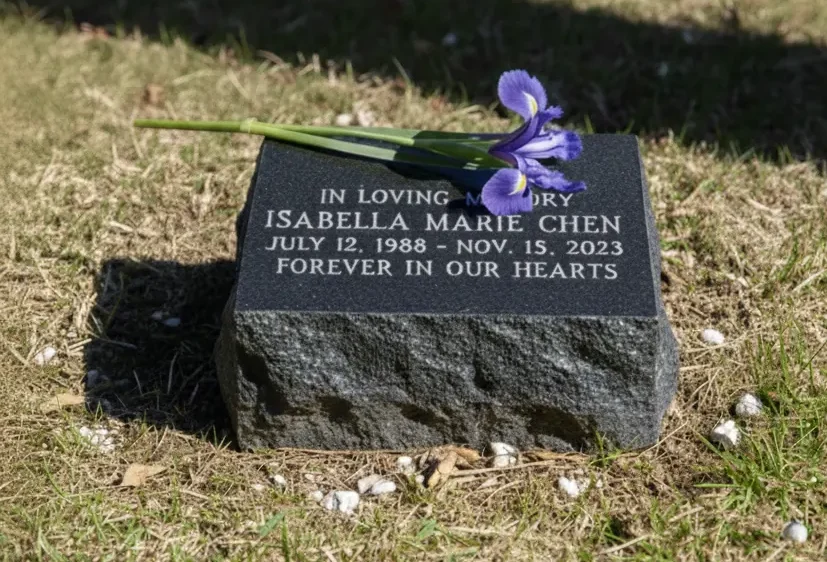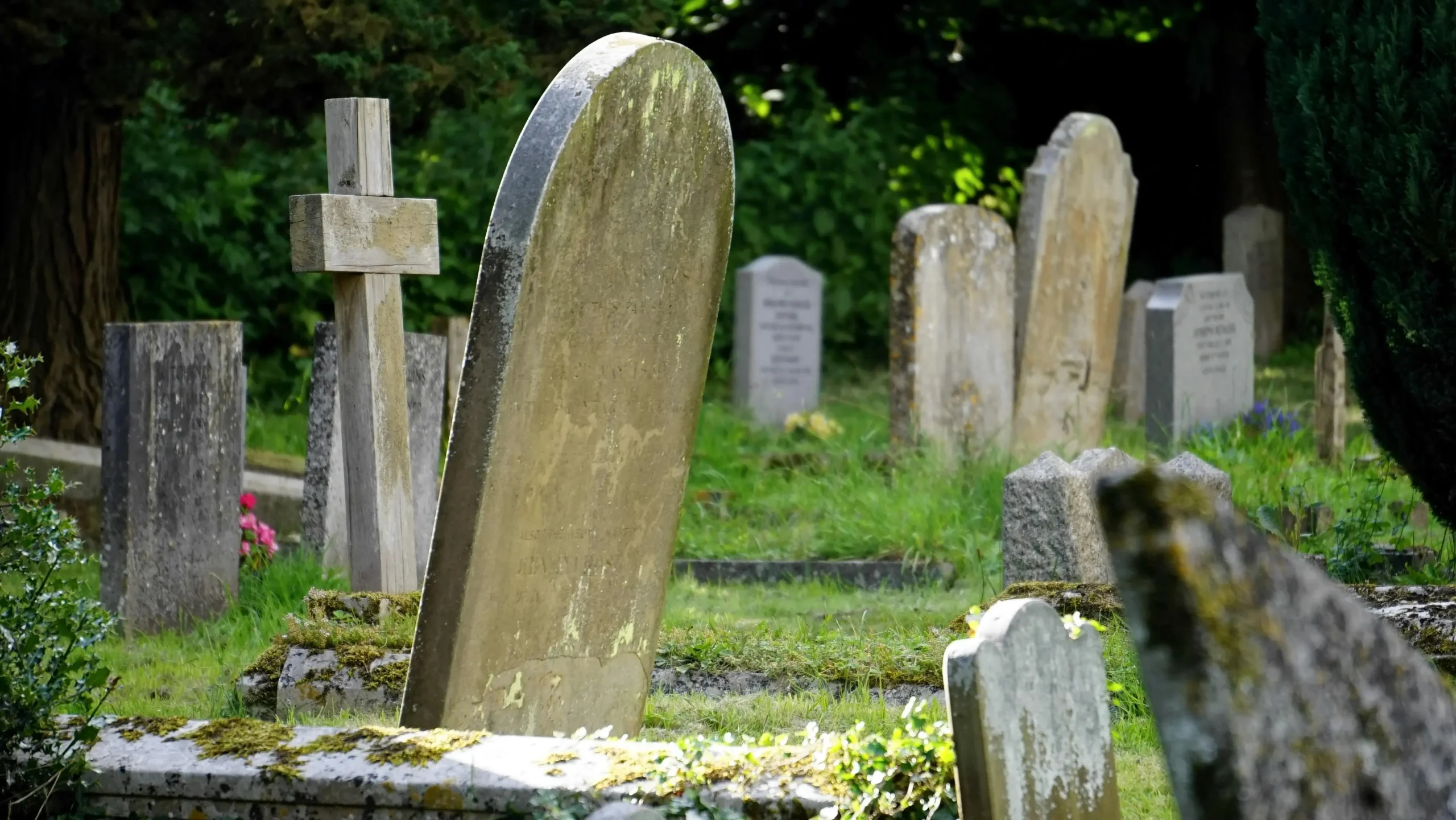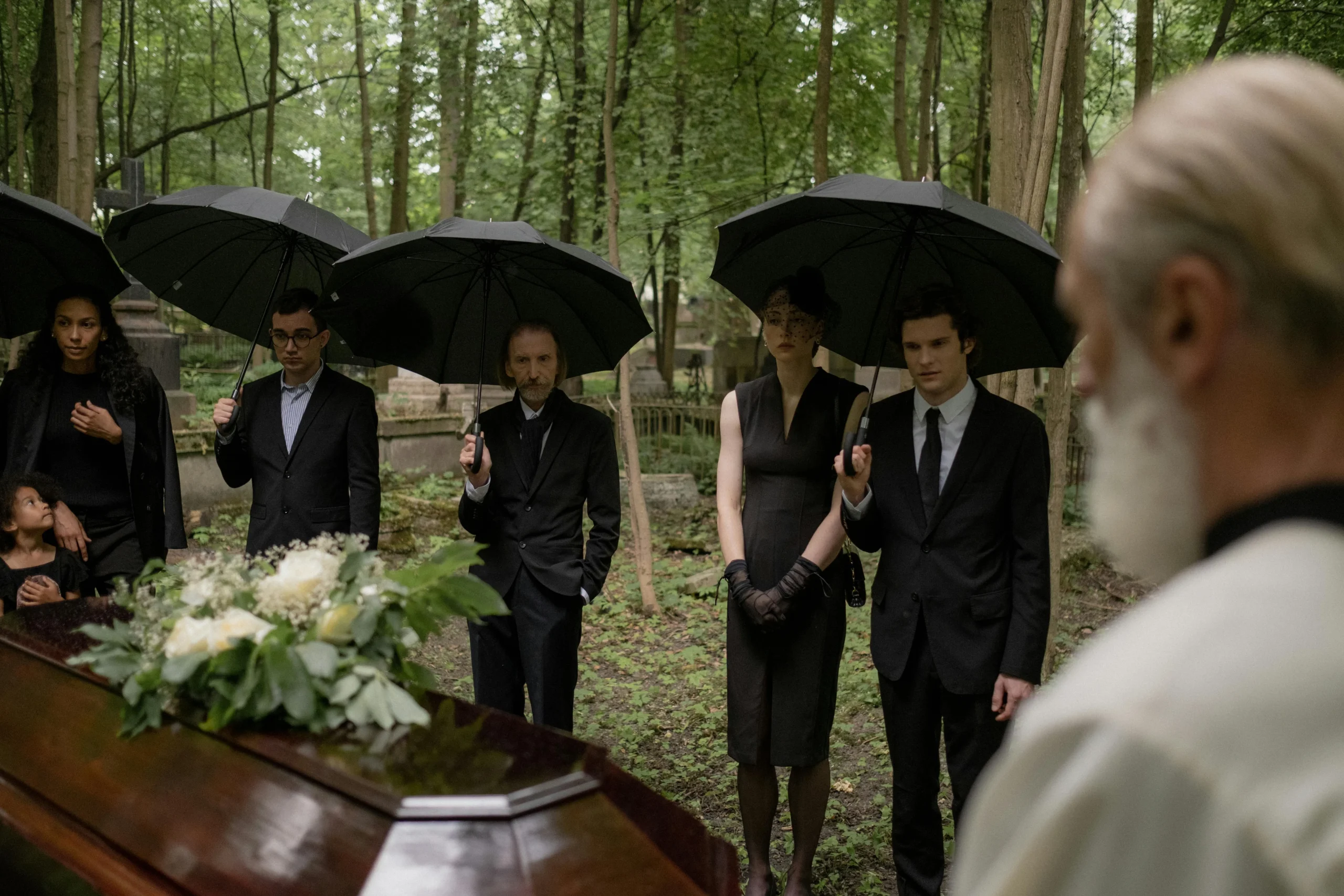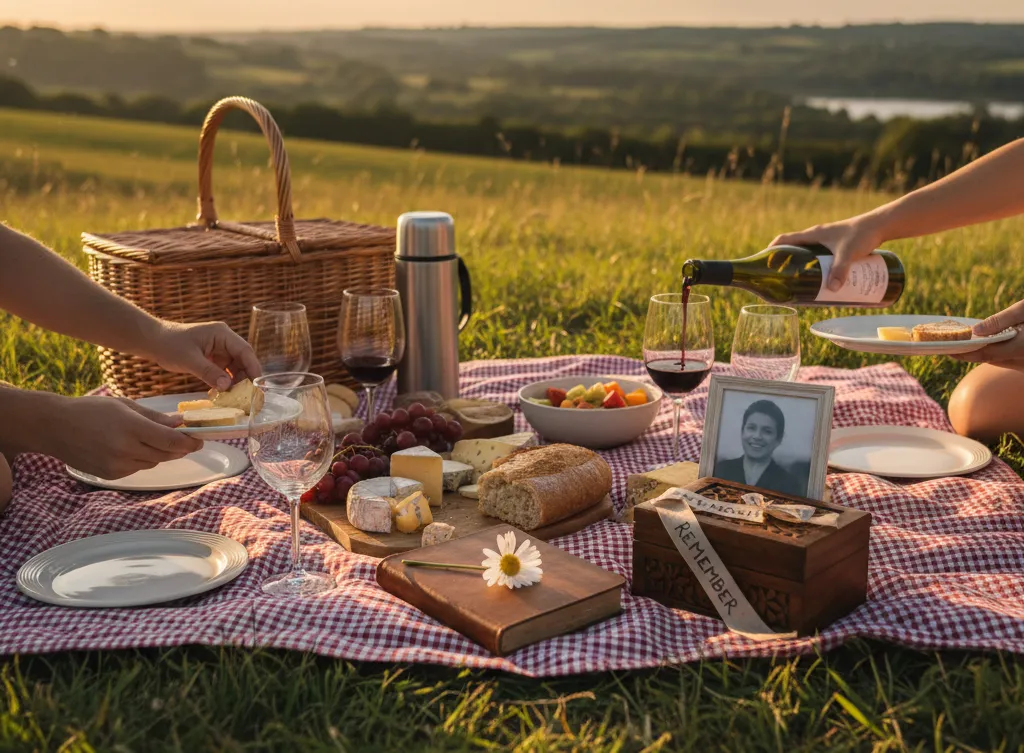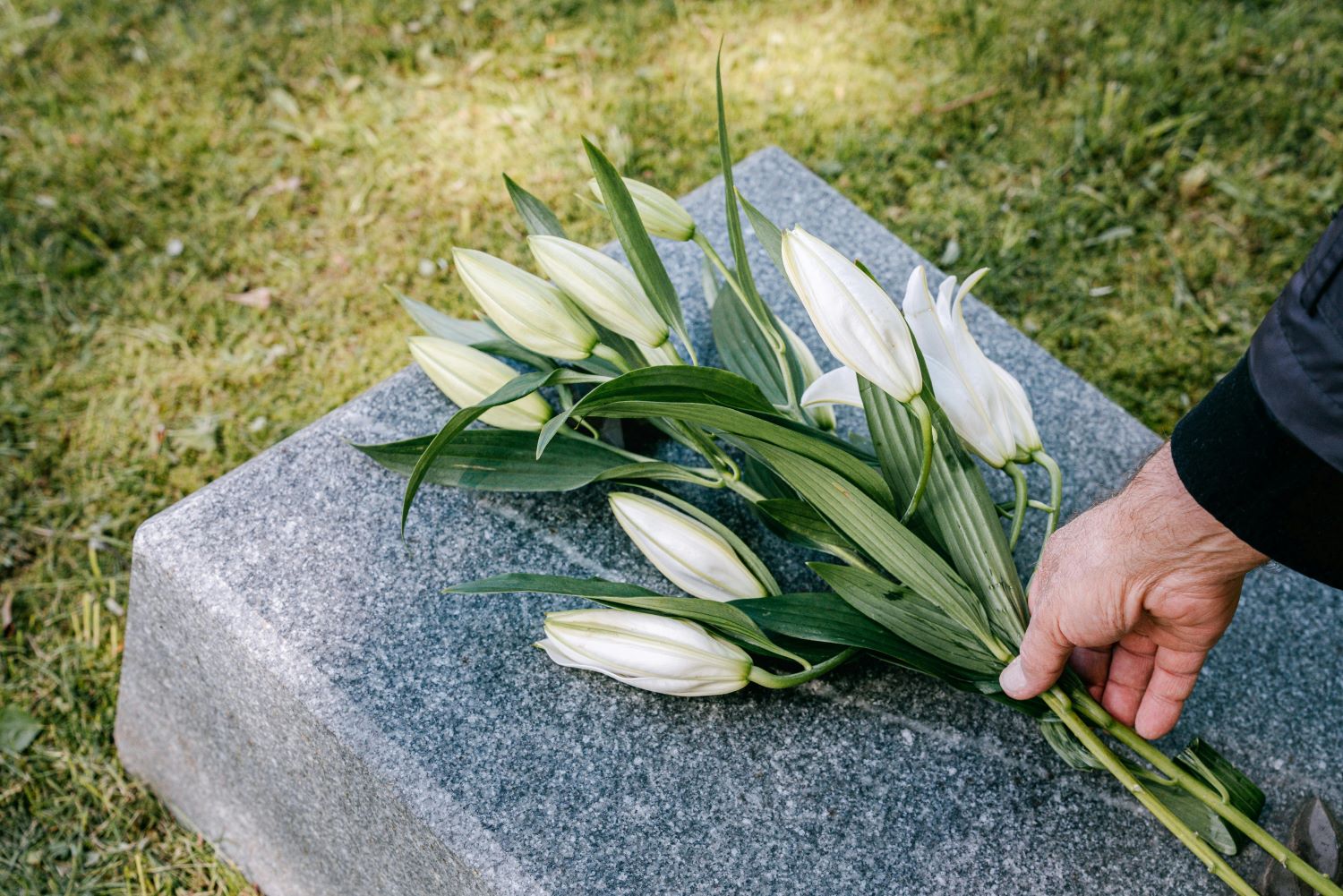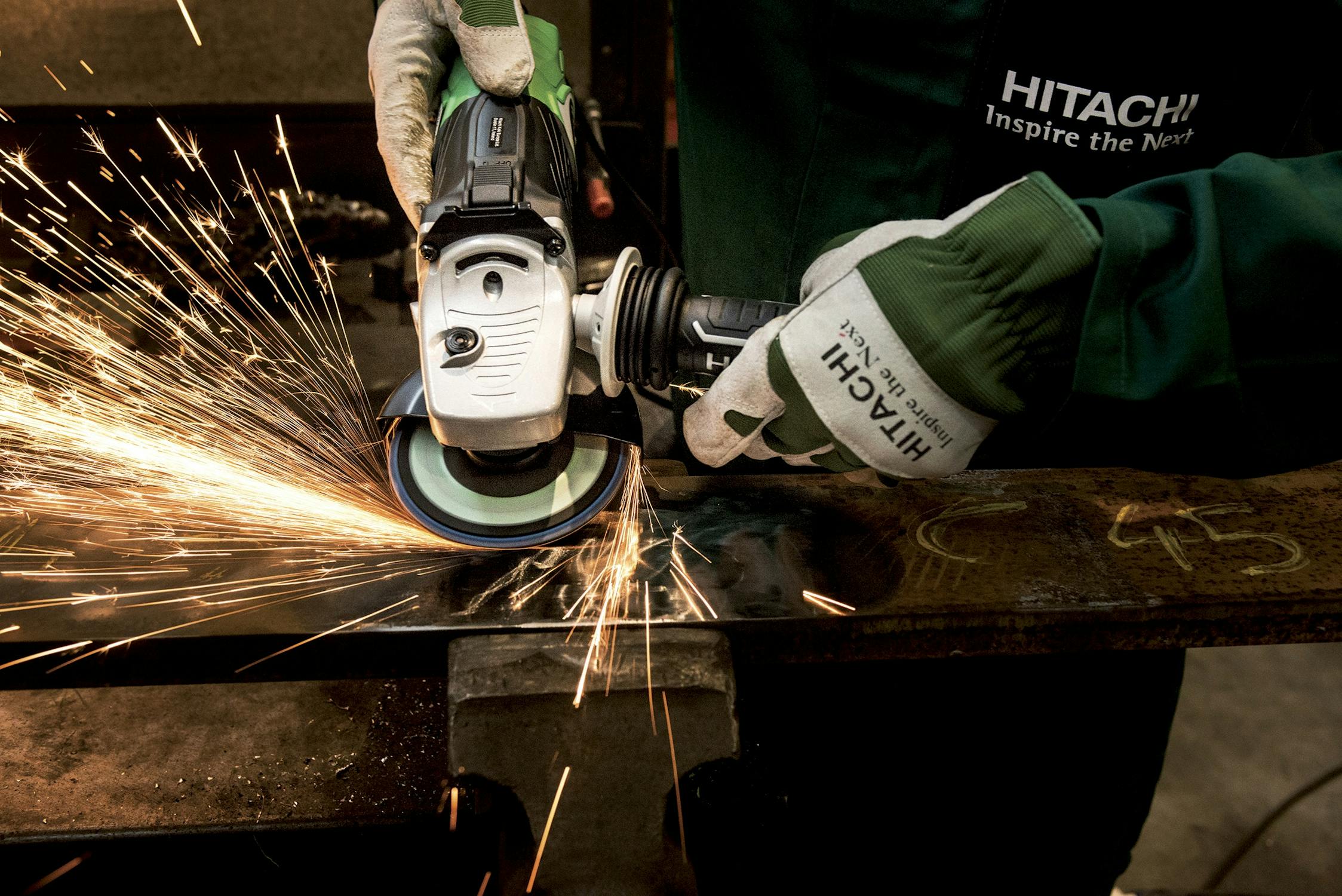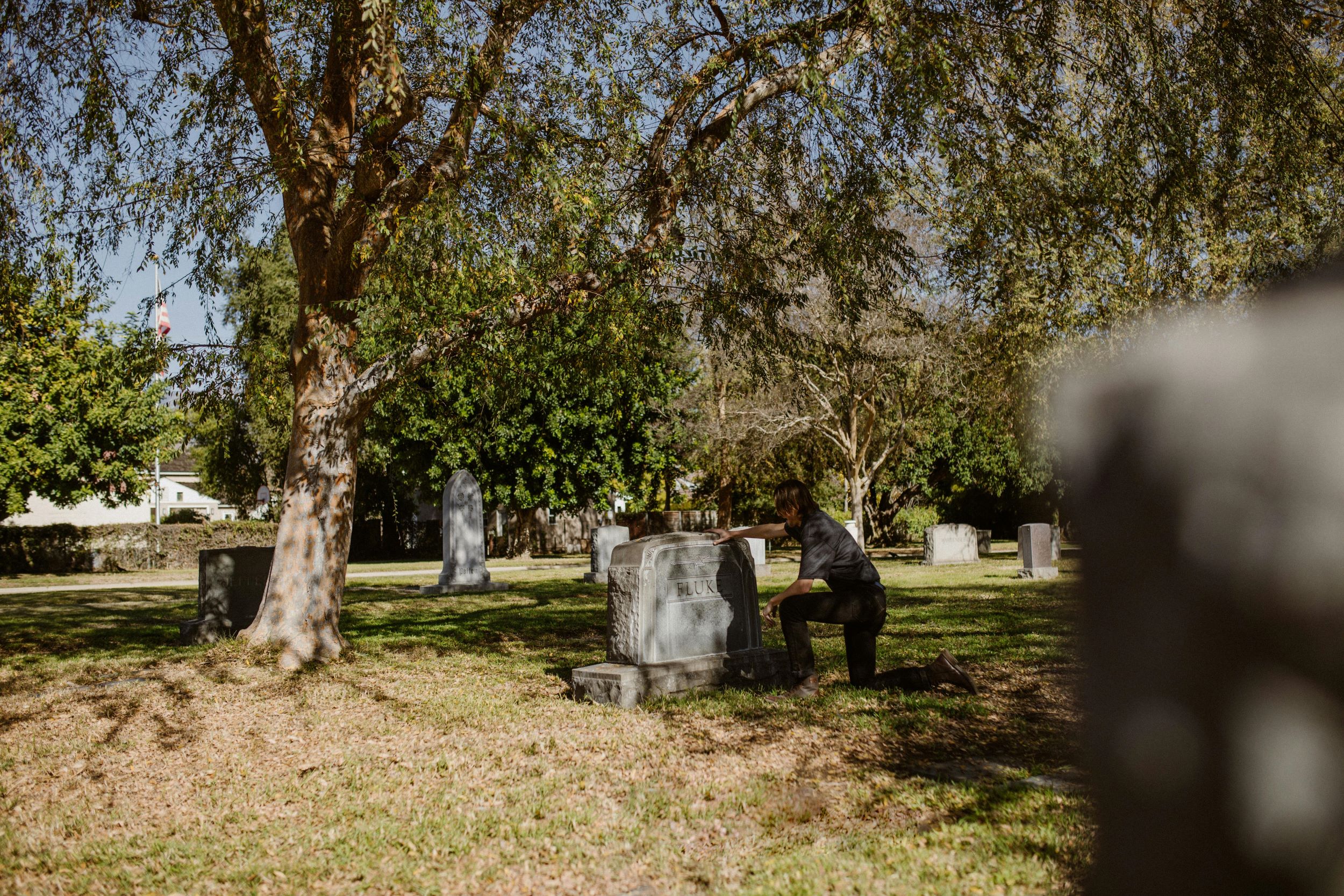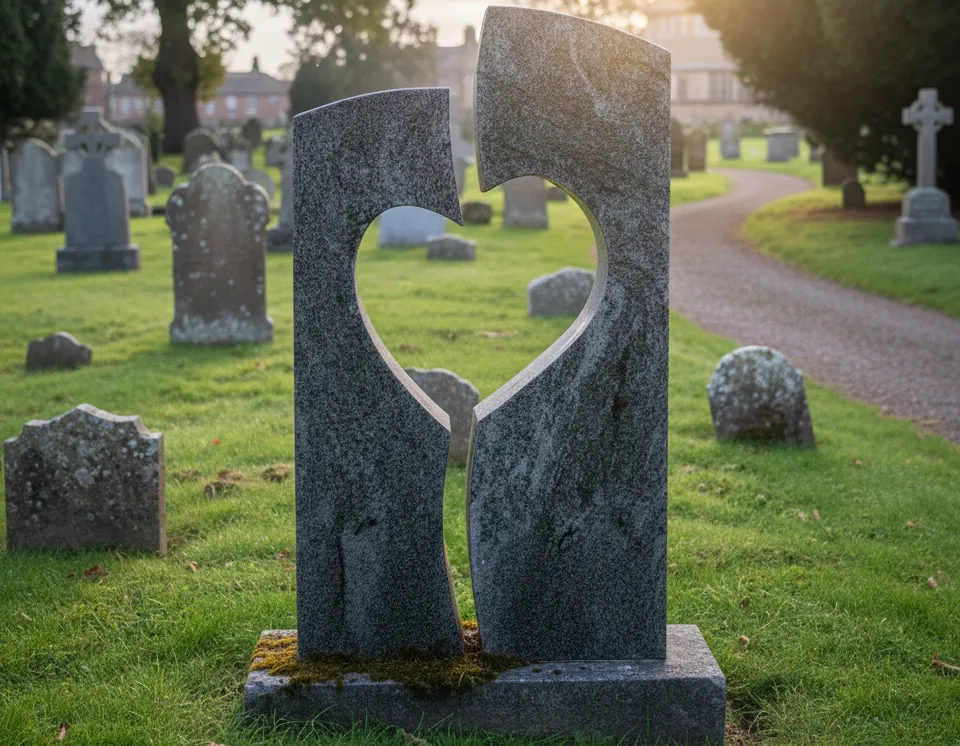
At Cope Memorials, we see many families during moments that feel overwhelming and unclear. Picking a memorial stone isn’t something folks usually plan for – till they’re faced with it. It often seems like a huge task. Getting it “just right” matters, though what that means might still be fuzzy.
A memorial stone isn’t only about letters or numbers carved into rock. It turns into a spot where people stop by, leave blooms, think softly to themselves, stay near in spirit. That’s why how it looks, how it feels and those details count. They shape the mood. We aim to take our time, spell out each part without fancy words, guide you toward a piece that truly fits who they were.
This guide covers the key options you’ll meet along the way; shapes, stuff they’re made of, how they look on finish, also little details that give each rock its own vibe.
Wondering What this Tribute Might Represent for You
Once folks meet up with us, they typically wonder what’s best to pick. So we flip it, pose some basic questions ourselves. Who was this individual? Shy or talkative? Old-school or forward-thinking? Were clean lines their thing, yet maybe they enjoyed flair and extras. Thinking classic vibes or hunting for a fresh twist?
When you focus on the individual instead of just the rock, things make more sense. Some households go for a timeless, respectful design. Meanwhile, others prefer something warm and calm. Then there are those who choose a fresh, current style matching their loved one’s life. It’s not about being correct. This tribute means something to you, also to them – nobody else really matters here.
Over at Cope Memorials, we slow things down. We start by hearing what matters to you. When we get your vision, guiding you feels natural – no stress, no rush. Picking a form that just seems right, maybe because it suits them, or perhaps it clicks somehow.
Go with What Sits Well
The form of the monument catches your eye right away as you spot it far off. That feeling starts before you check out what it’s called.
Upright markers have been around forever, most folks imagine this type first. Tall ones sit straight up, offering a flat side where names go. They seem solid, like something you can count on, so plenty pick them. There’s a calm strength to their look, kind of peaceful if you ask me.
Rounded tops give stones a milder vibe. The curve eases the shape, so the piece feels quieter, maybe even soothing. Many folks who prefer clean looks without stiff styles end up choosing this option.
We’re making bolder forms these days – maybe a sleek box with sharp edges, or a tilted front that tips just a bit, even a gentle bend running through the middle of the piece. Some folks go for this look because it feels fresh and tidy, others pick it simply ’cause they don’t want anything too old-school.
Heart-shaped memorials carry deep feelings. People pick them for kids, or folks who were loving and kind. While crafting these stone hearts we focus on balance, making sure they feel soft, never bulky.
Kerb sets work a bit differently. These outline the entire grave, acting as a kind of edge. Within them, there’s room for stones, earth, plants or a blend of both. It fits those wanting a personal spot, sort of their own quiet patch to honor someone.
If you stop by our showroom, you’ll spot these styles up clos, seeing them helps way more than staring at photos alone.
Picking Stuff that Fits Who You Are and Where You’re At
The type of rock changes its look, how it wears down, or what upkeep it demands later on. We’ll walk you through every option’s strengths and weak spots.
Granite’s likely the top pick we see here at Cope Memorials. Tough and stands up great to local weather, no problem. Plenty of shades available, like solid black, forest green, bold reds, misty greys or sunlit beiges. Words carved in it stay sharp for ages. Cleaning? Not much hassle. Need a stone that lasts without fuss? Granite fits just right.
Marble looks calm, almost timeless. Its surface is slick to the touch, with streaks formed by nature that add charm. You’ll often spot it in old-style grave markers or places of worship. Unlike tougher stones, it asks for extra attention – scratches and wear show faster compared to granite. Still, certain folks appreciate how it changes over time. To them, those signs of aging make it feel real, like it shares a story.
Sandstone or limestone brings a cozy, earthy look, perfect for aged graveyards and countryside spots. These materials change slowly, wearing down with years. This shift might suit you if you enjoy memorials merging gently with nature. For a cleaner, lasting edge, we’d likely point you toward granite.
Slate feels sleek, with tight grain patterns. Writing on it turns out super sharp, almost crisp. Works well with minimal styles, also shines where things stay calm, quiet. Instead of loud spots, pick serene ones for this stone.
Come and check them out face-to-face under sunlight; beats staring at phone or laptop pics any day. That way, you actually sense how each one looks, feels, and sits in your hands.
How Finishes Plus Textures Shift the Appearance
The way the stone is finished totally changes how it looks. Using the same type of rock, a polished surface gives a serious vibe, while a rough one feels more natural. A smooth touch brings out elegance, whereas a hammered effect adds edge. Each style shifts the mood – some feel classic, others more fresh.
A shiny surface feels slick and shows reflections. This highlights how rich granite colours really are whilst also giving a clean, sharp appearance. A lot of households go for it since the rock pops visually while being simple to clean with a quick swipe.
A honed or matte surface feels smooth but doesn’t reflect light. Instead of glare, it gives off a calm, low-key vibe. When shine isn’t what you’re after, this option strikes a balanced note. It stays subtle in the room, so the lettering and form stand out without distraction.
Natural or rough edges hold onto the rock’s true nature. While the front part tends to be flat and even, the outer parts stay bumpy and raw. That contrast works well with sandstone, limestone, or slate, giving each marker a unique, handmade touch.
Some sleek styles blend textures. Like, the face could shine smooth for sharpness, yet edges stay brushed or rougher by choice. That brings charm but keeps things calm.
When you visit Cope Memorials, we’ll guide you step by step. Each finish gives the stone a different vibe, helping you find one that truly matches your person. Because every detail shifts the feel, you’ll spot the right fit just by seeing it up close.
Names, Faces, Stories – These Pieces Make the Tribute Feel Real
After picking the form, substance, and surface, small touches make it go from just a marker to something personal.
Many folks find this section hits hardest. Staring at a blank space? You’re not alone. What matters most when words fall short? Think about what truly fits their spirit. We guide you through crafting something real, nothing forced. Sometimes it’s just a name, some dates, along with a brief note. Other times, maybe a quote they loved, a bit of scripture, lyrics from a tune, or words they’d often use.
The way letters look really matters. While some typefaces seem serious and old-school, others come across as gentle or current. Since seeing helps choosing, we’ll share samples of every kind. That way, you can tell what fits best.
Carvings or symbols give extra meaning. Things like flowers, faith signs, stars, animals, pastimes, or just basic forms, show up on stones. Size isn’t key. A tiny detail, if placed well, speaks volumes.
Some families go for picture engravings on graves. Instead of paper prints, they use tiny durable tiles with photos baked into them. If crafted carefully, these images feel lifelike. Visitors often find them touching. They create a quiet connection that eases grief.
Picking colours makes a difference. While some folks like pale stones because they seem soft and welcoming, others go for deep shades that give off a steady, firm vibe. Either pick works fine. Our job? Just showing how each option appears once it’s placed at the gravesite or near the old church.
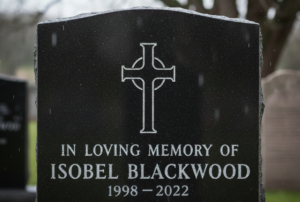
Taking the Weight Off Choosing What To Do
At Cope Memorials, we aim to make things easier. You don’t need answers right off the bat. Picking everything in one visit isn’t required. Feel free to check out choices, head home, mull it over, then return when ready.
We take care of the hands-on stuff; checking if your design follows cemetery or churchyard guidelines. Some spots set limits on how big it can be, what it’s made from, or even which shades you pick. Instead of stressing, let us sort through those details and break down exactly what works there.
How We Work With You at Cope Memorials
Right from our first chat until the slab’s set, we’re always around, keeping everything out in the open. This isn’t something you buy every day. It’s a single choice, deeply meaningful. And that means a lot to us.
We listen carefully, then offer ideas, sometimes sharing real cases so you can see how things might look. Truth is, we’ll tell you straight if something won’t hold up over time. The goal? You standing there when it’s done, taking it in without a word, thinking… yeah, that fits. That’s truly them.
A memorial stone stays put no matter the weather or how often you come by. Picking the look and texture isn’t about getting it flawless – it’s about what rings real, brings peace, because it’s made with care. Over at Cope Memorials, we’re glad to walk beside folks during this journey, taking things slow, bit by bit.
Written by the Funeral Planning Team at Cope Memorials
Our funeral planning team has spent many years supporting families through some of their hardest moments. At Cope Memorials, we believe every memorial should feel personal, thoughtful and true to the person it honours. We guide families through each step with care, patience and clear advice, helping them choose memorials that bring comfort for years to come. We’re always here to offer gentle support, honest information and a steady hand whenever you need it.

